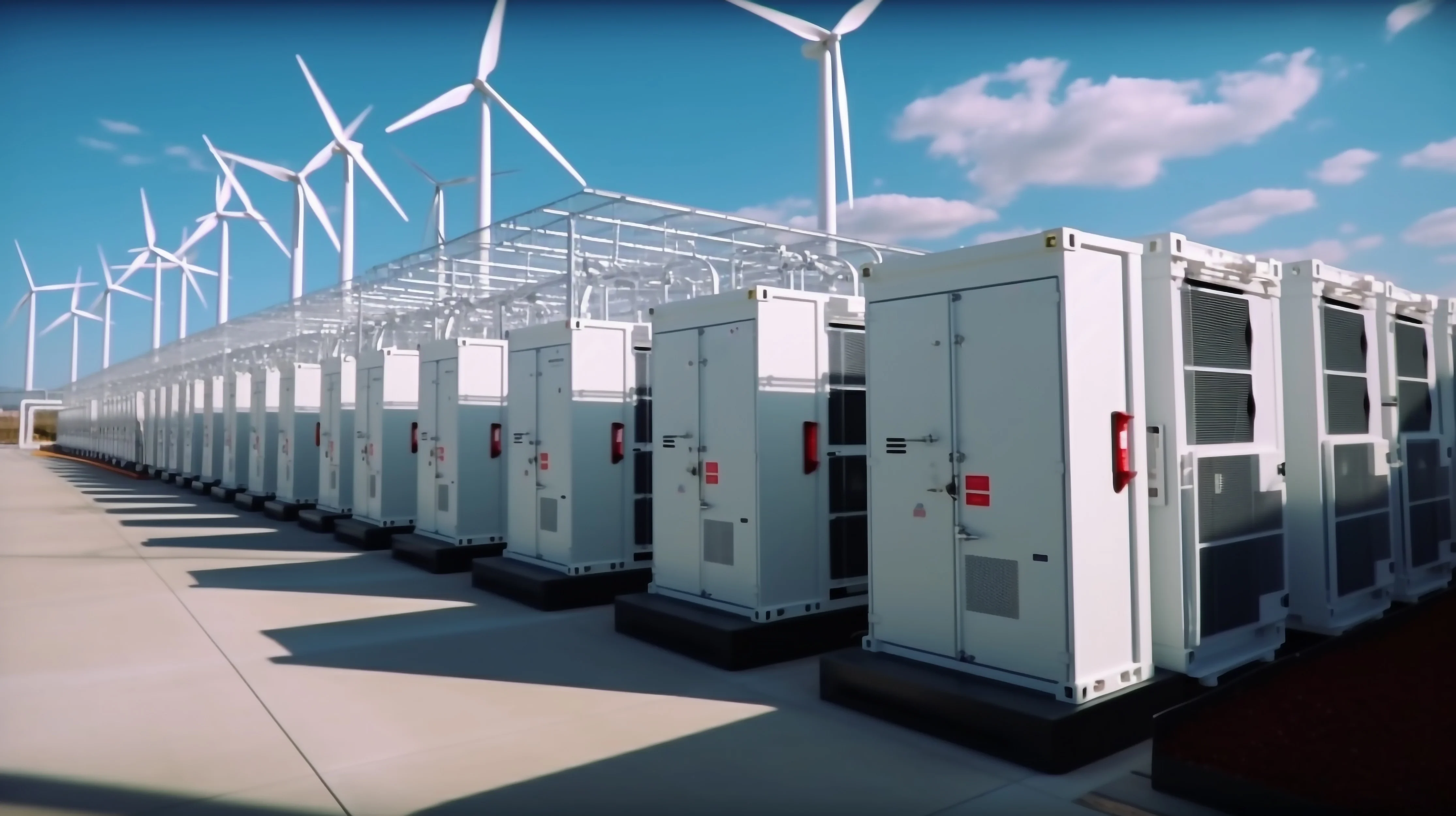An energy cabinet is the hub of the modern distributed power systems—a control, storage, and protection nexus for power distribution. Powering a 5G outdoor base station cabinet, a solar microgrid, or an industrial power node, the energy cabinet integrates power conversion, energy storage, and intelligent management within one rugged enclosure.
But what's inside, and how does it get your system online regardless of the weather? Let's break down how an energy cabinet works and why it's ever more an essential component of smart energy systems.
What Is an Energy Cabinet?
In simple terms, an energy cabinet is an integrated housing for power conversion, distribution, and storage systems. It usually houses:
- Battery modules (lithium or sodium-ion) for energy storage
- Power conversion devices such as rectifiers and inverters
- Battery management systems (BMS) for safe charging/discharging
- Energy management systems(EMS) for intelligent scheduling
- Cooling and protective devices for maintaining optimal performance
Think of it as a central hub that collects, stores, and distributes energy—no matter whether it's from solar panels, the grid, or other renewable energies.
According to the U.S. Department of Energy, integrated energy storage enclosures firm up renewable energy output, render the grid less unstable, and hybrid systems more predictable.

How Does an Energy Cabinet Work?
To explain how an energy cabinet works, picture a closed energy ecosystem. Here's the typical process flow:
1.Energy Input–Power from renewable sources (solar, wind) or the grid comes into the cabinet.
2.Conversion–The inverter converts DC to AC for usable electricity, and rectifiers convert AC back to DC for charging batteries.
3.Storage–The battery modules store surplus electricity during periods of low demand.
4.Distribution–The energy is discharged back into the grid or used locally as needed.
5.Management–The EMS controls when to charge, discharge, or switch power sources for maximum efficiency.
6.Monitoring–IoT modules and smart sensors transmit real-time performance and safety information to operators remotely.
This combination provides seamless, efficient, and safe energy flow—essential for telecom, industrial automation, and microgrid systems.
Why Energy Cabinets Are Important in Modern Infrastructure
In the modern age of distributed energy, decentralized systems rely on local energy hubs. That's where the energy cabinet has an important role to play.
For example, telecom operators deploying 5G networks utilize outdoor base station cabinets that integrate power backup, cooling, and network management in compact, IP55-rated enclosures. These cabinets enable connectivity without interruption even in remote or harsh environments.
An example from real life: China Mobile's Zhejiang branch deployed integrated energy cabinets with lithium battery modules to power rural 5G base stations in 2023, reducing fuel-generator dependency by 40%.
Major Parts of an Energy Cabinet
| Component | Function | Notes |
| Battery System | Stores energy (lithium-ion, sodium-ion, or LFP) | Determines capacity & cycle life |
| Inverter | Converts DC↔AC | Key for grid or load connection |
| BMS | Monitors cell health & safety | Prevents overcharge/over-discharge |
| EMS | Coordinates energy flow | Enables smart scheduling |
| Cooling System | Keeps temperature stable | Options: air cooling, heat exchangers, or liquid cooling |
| Enclosure | Protects internal systems | IP55+ for outdoor durability |
Each element works synergistically—just like organs in a body—to deliver stable and secure power supply.
How the Outdoor Base Station Cabinet Differs
While an energy cabinet is focused on power conversion and storage, an outdoor base station cabinet expands its function to shelter telecom or network control equipment.
Such cabinets integrate:
- DC power systems for 5G radios or small cells
- Backup batteries (LiFePO₄)
- Environmental control (air conditioning or heat exchangers)
- Intelligent monitoring and remote alarms
As they are outdoor mounted, they are built to IP55/IP65 specifications to be water- and dust-resistant. Telecom cabinets must operate reliably from –33 °C to +55 °C in Class 4.1 climates, according to ETSI EN 300 019 standards.
Intelligent Operation: Intelligence Coming to Energy Cabinets
A significant development in energy cabinet design is intelligence. Newer systems utilize IoT sensors, cloud connectivity, and AI-driven control to drive uptime and efficiency.
Imagine asking: Can an energy cabinet really think for itself?
In a way, yes. With integrated EMS platforms, these cabinets:
- Predict load fluctuations based on usage patterns
- Automatically balance energy between battery and grid
- Trigger preventive maintenance alerts before failures
- Optimize operation for lowest cost per kWh
Real-World Applications: From City Rooftops to Remote Stations
Energy cabinets are transforming how we power systems everywhere:
- Telecom 5G sites:Outdoor base station cabinets offer backup in the event of grid outages.
- Commercial rooftops:Cabinets store solar energy for consumption during peak hours.
- Industrial parks: Hybrid systems reduce operational costs through demand-response.
- Remote locations:Off-grid microgrids with hybrid energy cabinets bring power to remote stations.
In Pakistan's Balochistan province, hybrid solar-diesel energy cabinets are now powering remote telecom towers, reducing diesel consumption by over 35% and improving reliability in hilly terrain.
FAQ
- Do energy cabinets require a lot of maintenance?
Not necessarily—most newer models are designed for remote monitoring and up-close servicing only periodically. Regular inspection every 6–12 months is usually sufficient.
- Can an energy cabinet directly include solar panels or wind turbines?
Yes. Hybrid models feature DC input interfaces compatible with renewable sources for seamless renewable + storage + grid operation.
- What is the lifespan of an energy cabinet system?
Typically 10–15 years depending on battery chemistry, environment, and usage patterns. Sodium-ion models, for example, are gaining traction for their extended cycle life and low-temperature tolerance.
Energy cabinets are no longer just boxes full of wires—they're intelligent, modular, and key to enabling a strong, decentralized energy future. From powering outdoor base stations to stabilizing renewable microgrids, they quietly enable the stability and efficiency of the modern energy ecosystem.
 SolarInfo
SolarInfo